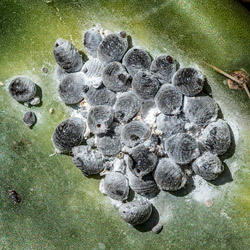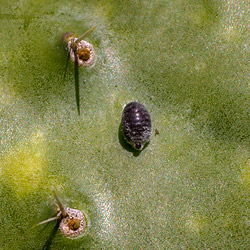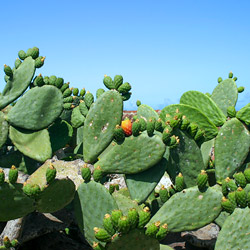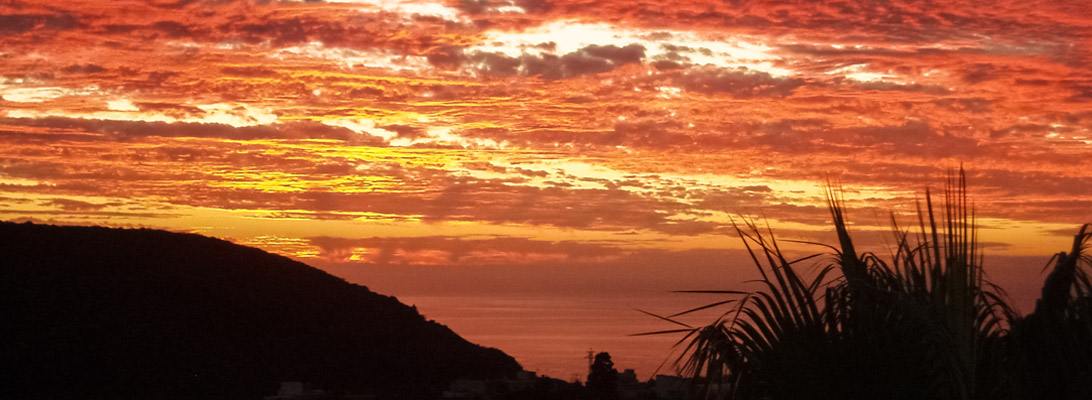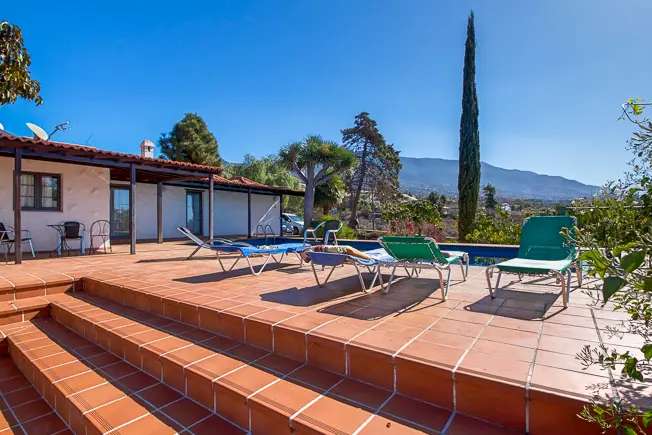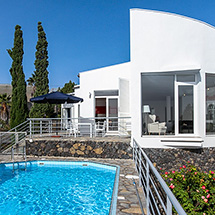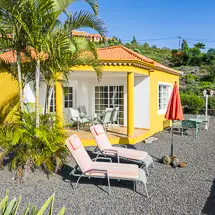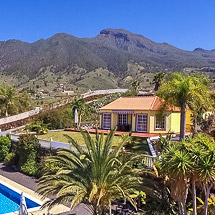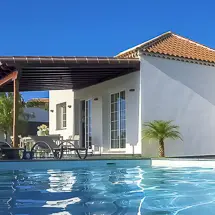In the 19th century, La Palma was famous for its red dye, which was extracted from scale insects (cochineal insects). The lice live on prickly pears or opuntia, which have been planted on La Palma since the 16th century. In order to obtain color, freshly hatched lice are allowed to settle on the cactus and feed on its juices. When they are three months old and full of red juice, the lice are scraped from the cactus, killed with steam, dried and ground into a powder from which red dye is extracted.
The Opuntia Have Remained
Today, many opuntias grow wild and provide shelter to countless scale insects, which, however, still came to be "harvested". This laborious process has been obsolete since the early 20th century due to industrial paint extraction. Today, cochineal red is produced on a small scale in Lanzarote and Tenerife and is used, for example, for food and natural cosmetics.







